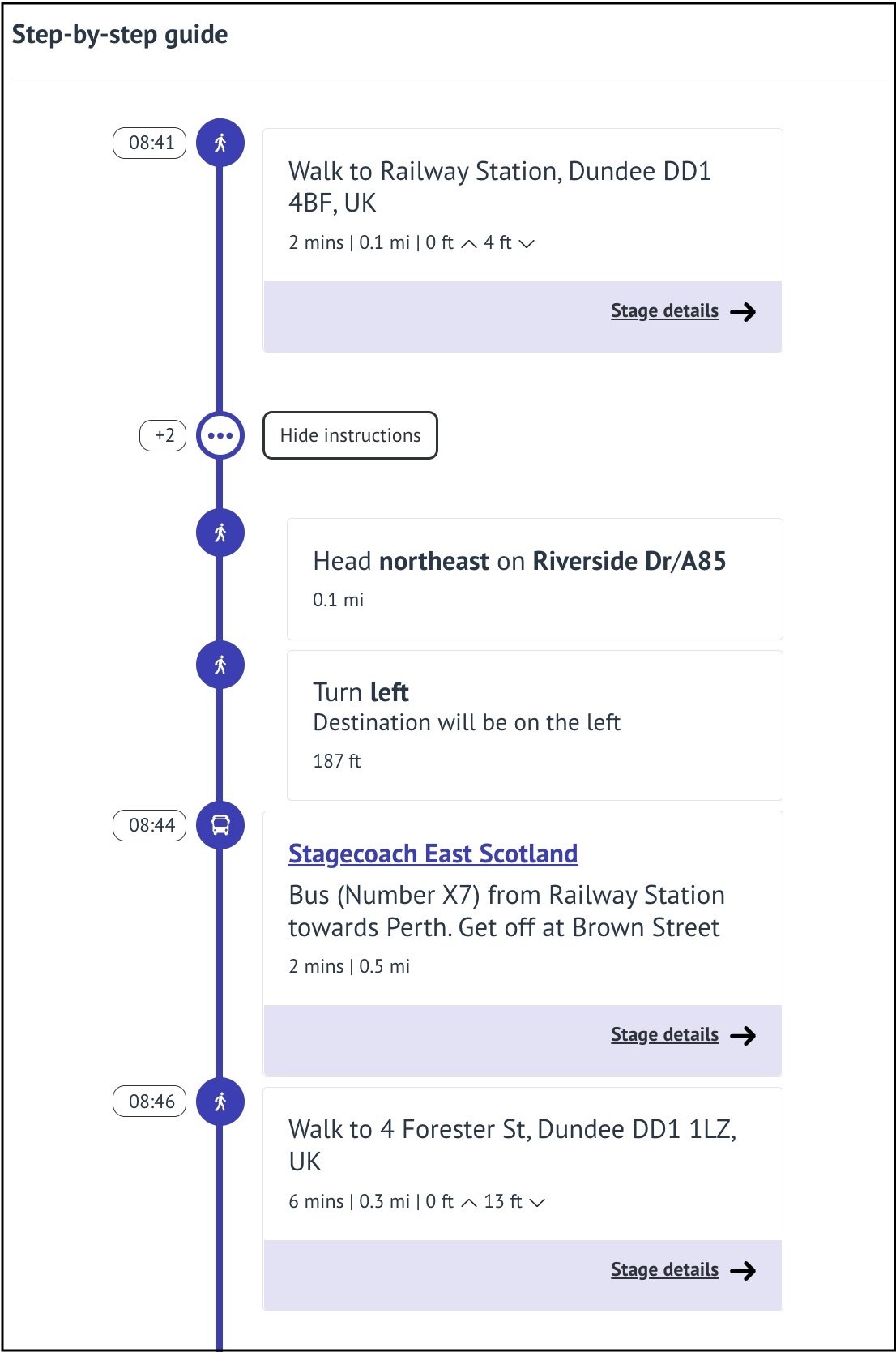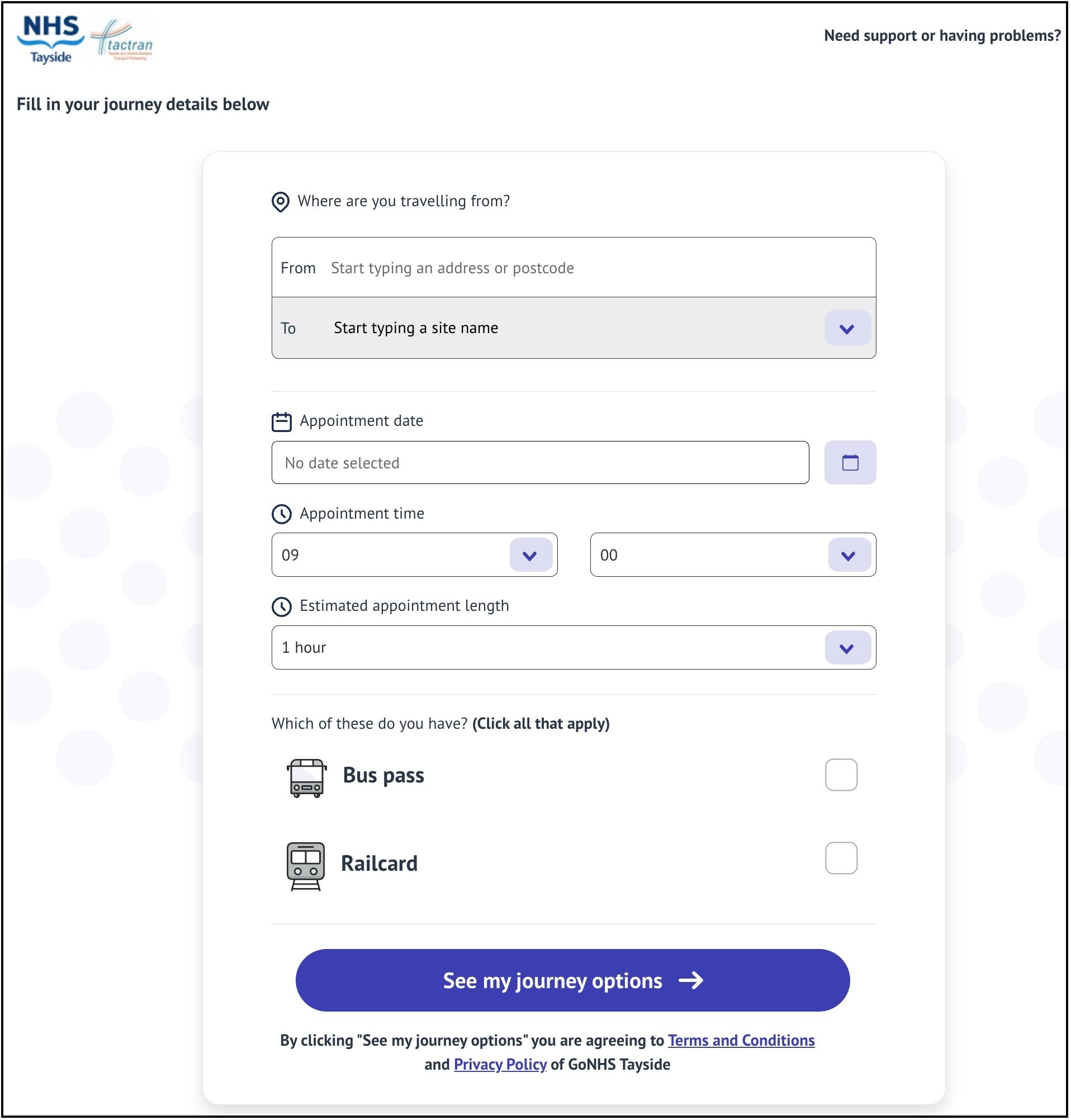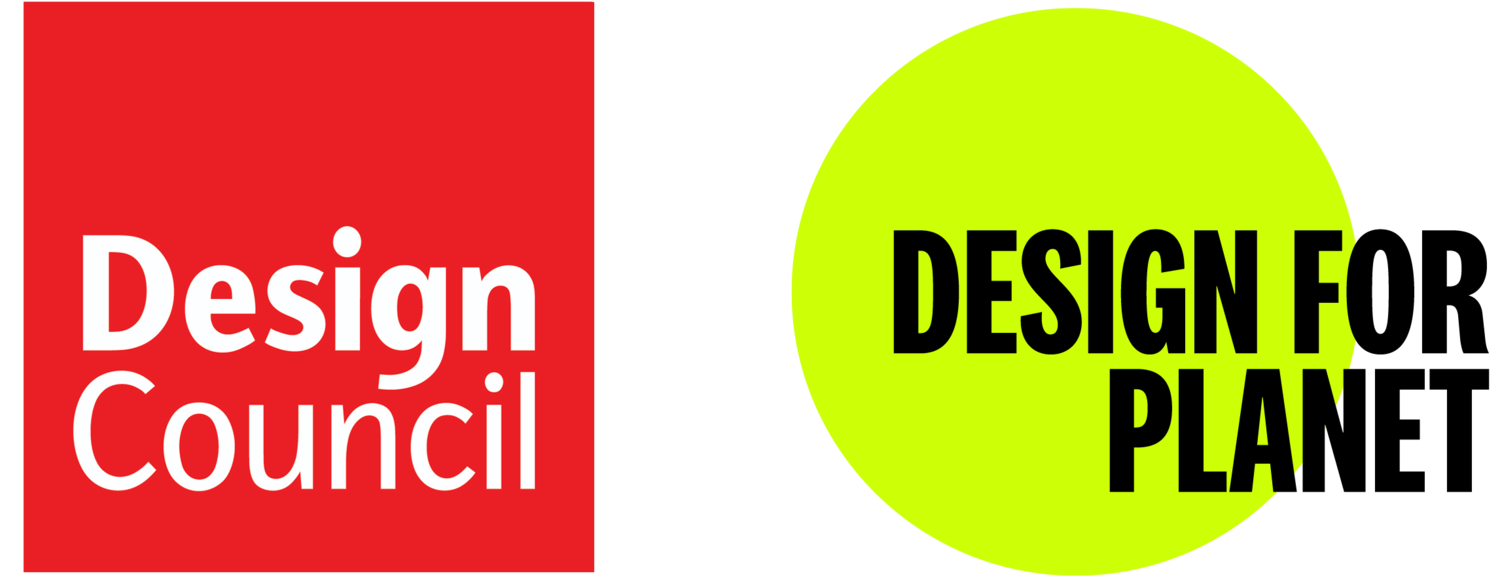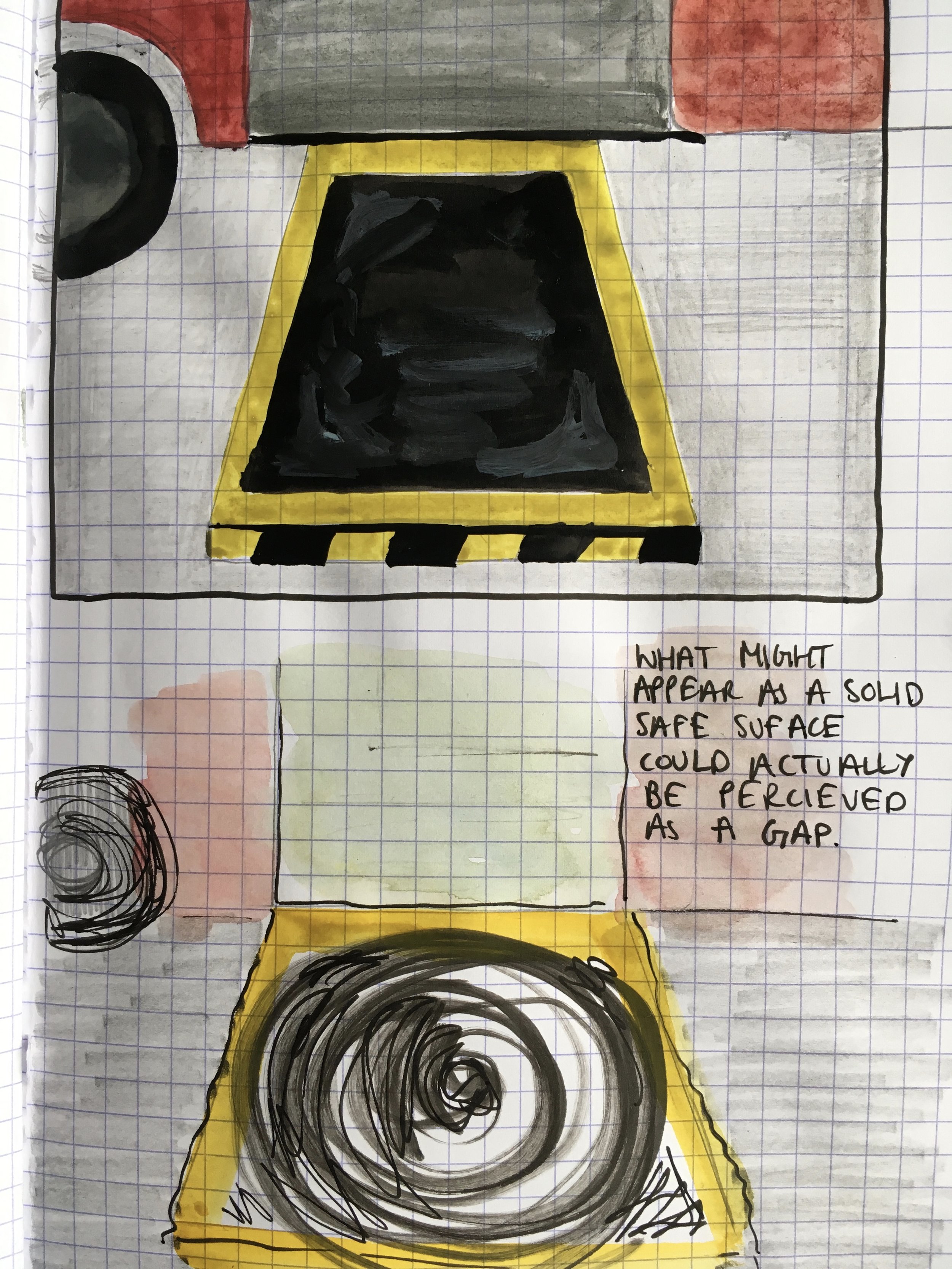A Just Transition?
/In the image above the electric vehicle on the left is connected to the charger on the right. The charging cable lies tangled on the pavement in between, making it difficult to pass. The bus in the background is a low-emission bus.
Is this a Just Transition? If not, what will that look like and when and how will that start to happen?
The car and the charging station were designed to reduce our impact on the planet - but now, we’ve created a new accessibility challenge
We’ve increased our impact on people.
Efforts to make travel more equitable aren't working. Despite decades of research, strategies and campaigns for more inclusive mobility, progress has been described as slow and piecemeal and in a recent Transport for All report, disabled people described the impact of this injustice as being 'felt in every corner of our lives'.
This doesn't bode well for achieving a Just Transition. We're now redesigning to rapidly decarbonise transport networks. This is essential but if today's new vehicles and travel environments continue to disable and disadvantage, when will that transition start to become fair? When will we begin taking this one-time opportunity to simultaneously and intentionally design for inclusion as we decarbonise?
The Transport for All report also found that disabled people said “they would like to use environmentally friendly modes of transport more, but that they were prevented from doing so by a lack of accessibility and availability. As well as the mode specific barriers … respondents identified some cross-cutting barriers to sustainable travel options…”. These included poorly joined-up routes, financial barriers and low staffing.
“I deeply care about climate justice and desperately want to use greener and more sustainable modes of transport, but these are often inaccessible to me. I can’t cycle, pavements are atrocious which makes wheeling difficult, the Tube is mostly out of bounds, and buses take forever. It means I am sometimes forced to take taxis”
I think there are some key reasons for this lack of progress - things that we’ll need to address if we’re going to fairly decarbonise our mobility:
The language of transport constrains us - an aim to decarbonise transport will lead to just that, cleaner vehicles. Reframing this to achieve more inclusive low carbon journeys gives us a broader aim to lower our impact on people and the planet as we move around. We need a new lexicon of travel. It’ll help us to think in systems too.
The need for speed - Globally, almost half of the buses sold in 2021 were powered by battery electric or fuel cell electric engines. This is great for emissions but was the opportunity taken to design those new fleets to improve services for people? They’re on the road now.
We could learn from the Slow movement: Instead of doing everything faster, let’s do everything at the right speed, in context, in collaboration, finding the right problems to solve in the order that will achieve the best result for everyone.
A lack of vision - Do decarbonisation strategies, electric vehicle pathways and future mobility scenarios really describe what people want and need from their journeys? If we don't know what we collectively want the future to look like, how can we build it?
By using our collective imagination and creating desire lines, we can guide policymakers, designers, innovators and others toward designing a future that has a lower impact on people and the planet. Between us, we have the collective knowledge, expertise, experience and imagination that can describe a more inclusive, low-carbon world. We just need to value it and create new ways of working that can use it.
A resilient Status Quo - since decarbonisation currently incorporates little sign of design for inclusion, how can we be sure that today’s approach will result in cleaner mobility without the barriers that we know are baked into today’s travel networks? The lack of detailed plans around both climate action and inclusive travel are gaps waiting to be filled - but they need to be tackled simultaneously.
We can do this
Our slow, careful transition can happen using a framework for planning that helps us to zoom out, see the bigger system, develop our imaginative ideas for alternative future journeys and then zoom in again. We can achieve a planned, fair transition by creating immediate actions that combine efforts to improve inclusion and reduce emissions. This is about fixing today’s barriers as much as looking into the future.
We’ve already prototyped a process for people to imagine more inclusive low-carbon future journeys. By helping service providers to understand journeys as systems we can find where potential exclusions occur throughout.
This will need a radically new approach: one that considers our journeys not just transport. One with guiding principles that value experience, imagination, insight, care, joy, connection and equity. If we bring emissions experts together with exclusion experts we'll discover the most pressing problems to solve and how best to design inclusion into decarbonisation.
Time is short but we can save time by borrowing from existing emissions reduction frameworks and methods such as Science Based Targets and Greenhouse Gas Protocols.
What if we built parallel tools such as inclusion-based targets and Inclusive Journey Protocols? We could start to identify efforts needed to reduce exclusions, who should make them happen and embed them into efforts to reduce emissions.
"The challenge is to avoid being trapped by the present - which requires finding a method, a space, or a point of leverage, with which to think thoughts that don't yet exist" Geoff Mulgan
New Workshop - A Just Transition or Just a Transition? 29th February.
I’m going to share some ideas for a new approach that uses a new language of mobility and considers our journeys as a system, a combination of experiences beyond transport. In the workshop, we'll work together in groups, exploring a process that could help align and combine efforts to improve inclusion with plans for decarbonisation. It's not claiming to be the answer, but it's a start.
This will be a participative, conversational event. If you play a role in making journeys happen, join us to meet with colleagues from transport, health, academia, policy and third sector along with people who have experience of exclusion and disadvantage when they travel.
Join us for a rare opportunity to use our imagination, create alternative visions of more inclusive and low carbon journeys of the future and shape ideas for a new way of working together.





























